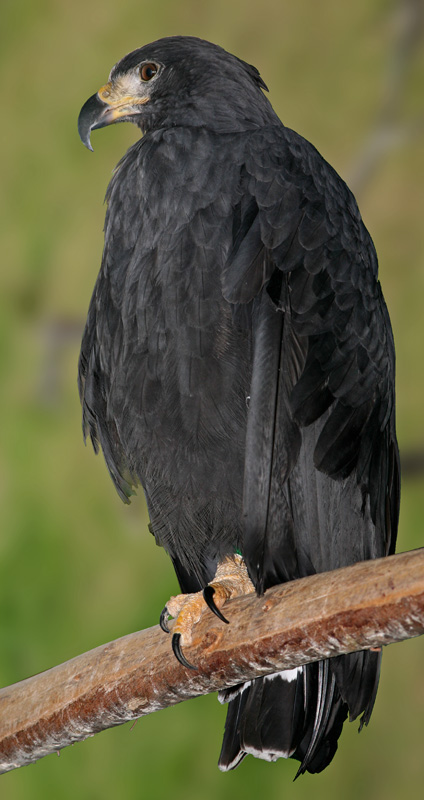Facts About Solitary eagle
The solitary eagle, often referred to as the montane solitary eagle or black solitary eagle, is a large bird of prey found across Mexico, Central America, and South America. This majestic eagle favors mountainous or hilly forests, typically residing at elevations between 600 and 2,200 meters. Sightings in lowland areas are usually cases of mistaken identity, often confused with the common black hawk or the great black hawk.
This eagle is quite rare and remains somewhat enigmatic to scientists. Knowledge about its diet is limited, although it has been observed hunting large snakes and deer fawns.
Adult solitary eagles are striking with their dark gray, almost black plumage, complemented by white markings on their tails. They are notably sizable, measuring between 63 and 76 cm in length, weighing approximately 2.75 kg, and possessing a wingspan of 152 to 188 cm. One of their most distinctive features is their broad wings, which nearly reach the tip of their tail. Juvenile eagles appear different, exhibiting mottled brown and tan feathers with distinctive eye markings, though they otherwise resemble the adults.
Recent DNA studies have revealed that the solitary eagle is closely related to black hawks, adding another layer to its intriguing profile. Despite being elusive and not well understood, the solitary eagle continues to captivate those who study and observe the rich biodiversity of the Neotropical region.

 Venezuela
Venezuela